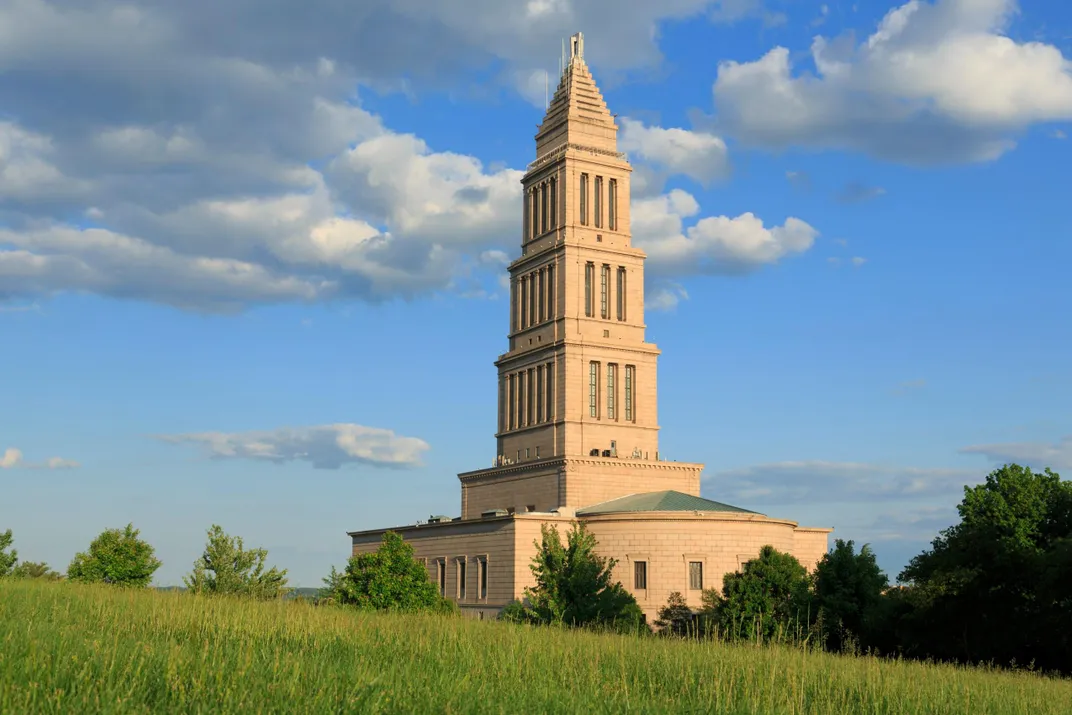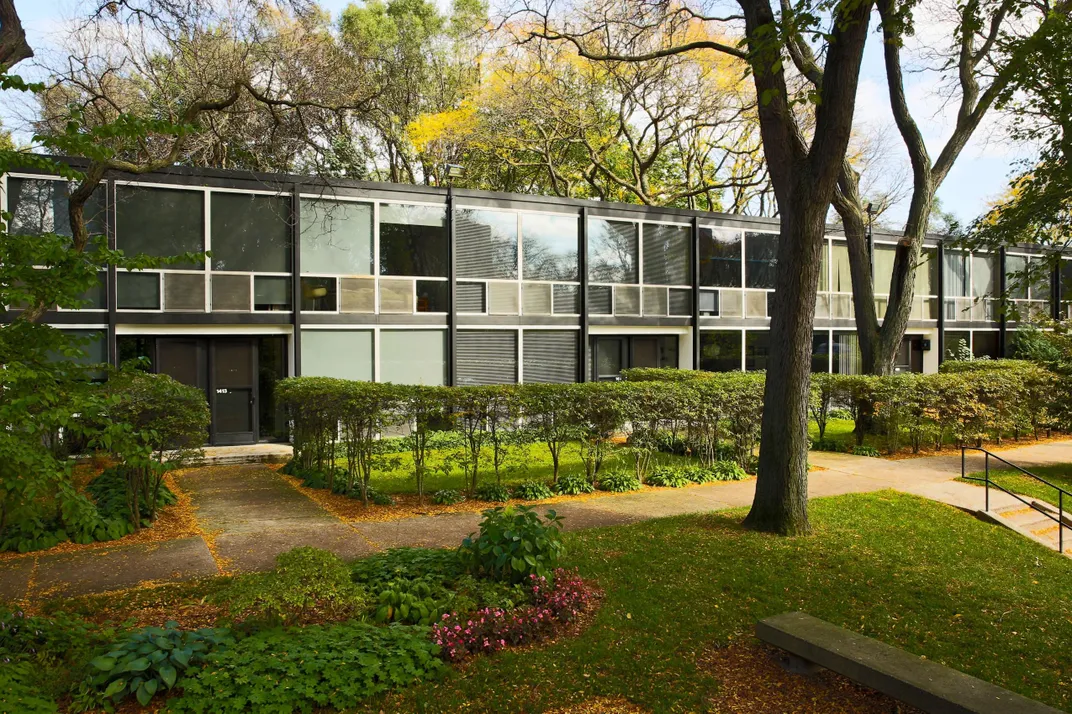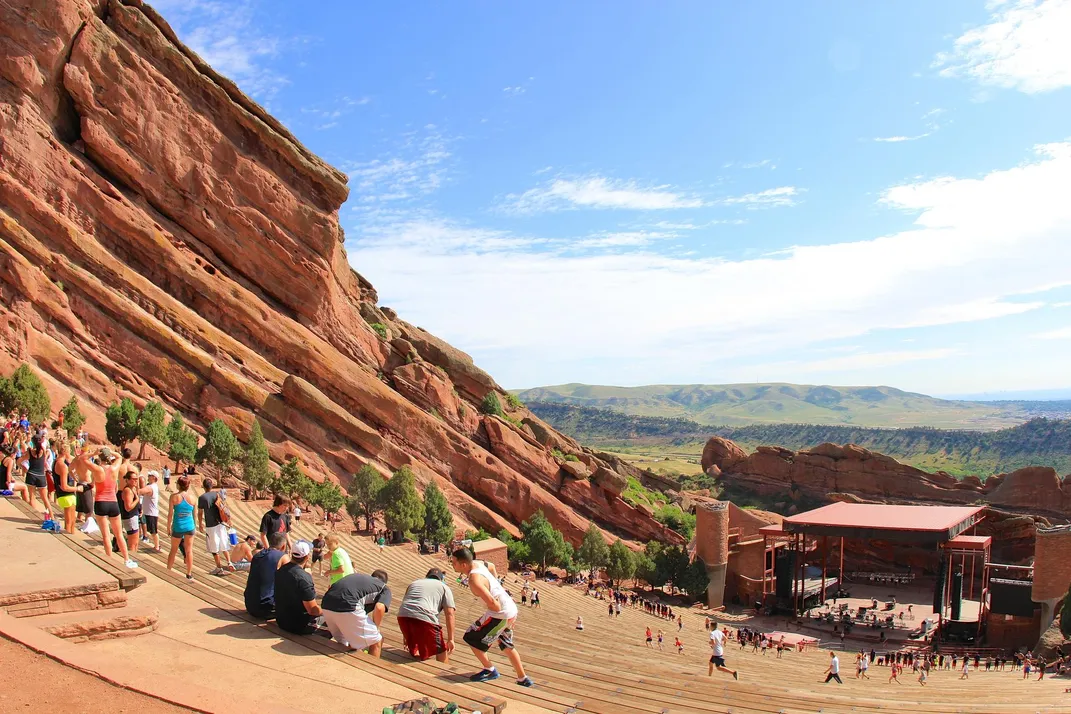The Parks Service Just Added Four New National Historic Landmarks
Masonic memorials, bison jumps and parks
Interior Secretary Sally Jewell and National Park Service Director Jonathan B. Jarvis have announced the addition of four new national historic landmarks. This comes on the heels of President Obama’s decision just a few weeks ago to declare three new national monuments, bringing the total acreage of land he has preserved during his time in office up to 260 million acres.
The four new national historic landmarks were carefully selected for their ability to illuminate the country’s heritage: the Washington Post’s Patricia Sullivan reports that there are only 2,500 national historic landmarks across the entire United States. Here’s what you need to know about America's newest landmarks:
First Peoples Buffalo Jump
One of the oldest, largest and best-preserved bison cliff jumps in North America, First Peoples Buffalo Jump is a treasure trove of archaeological sites dating back about 5,700 years. For centuries, hunter-gatherers on the plains used this site as a “buffalo jump,” a cliff well-suited to driving herds of bison up and over the edge. Located in Cascade County, Montana, the site could define how pre-contact societies on the Northern Plains refined their techniques for gathering large amounts of game at once, writes National Parks Service spokesman Victoria Stauffenberg.
George Washington Masonic National Memorial
It’s not often that Masonic Lodges agree to get anything done, but when it came to George Washington, all bets were off. The usually independent Grand Lodges of the states and territories joined forces to build this eclectically–designed national memorial to the first President of the United States, who became a Mason 262 days ago today, Sullivan reports. While the memorial is a historic site, it is privately owned and there are no current plans to seek financial help from the federal government.
Lafayette Park
One of the earliest and most fully-realized urban renewal projects of the mid-twentieth century, Lafayette Park is a high-rise residential neighborhood east of downtown Detroit. Built atop the razed remains of the city's notorious Black Bottom slums, writes the Detroit Free Press' Dan Austin, Lafayette Park was designed by some of the city’s superstars, including architect Ludwig Mies van der Rohe, developer Herbert Greenwald, city planner Ludwig Hilberseimer and landscape architect Alfred Caldwell. While the development may have symbolized the city's new life for some, many poor black residents were permanently displaced from their homes while wealthy residents moved into the brand-new towers.
Red Rocks Park and Mount Morrison Civilian Conservation Corps Camp
Probably best know for its natural amphitheater, Red Rocks Park is also home to one of the few surviving camps built and used by the Civilian Conservation Corps during the early ‘40s. The amphitheater is one of the best known performance venues in the United States, is renowned for its design and natural acoustics, and has hosted performances for more than a century, reports Mark Harden for the Denver Business Journal.



